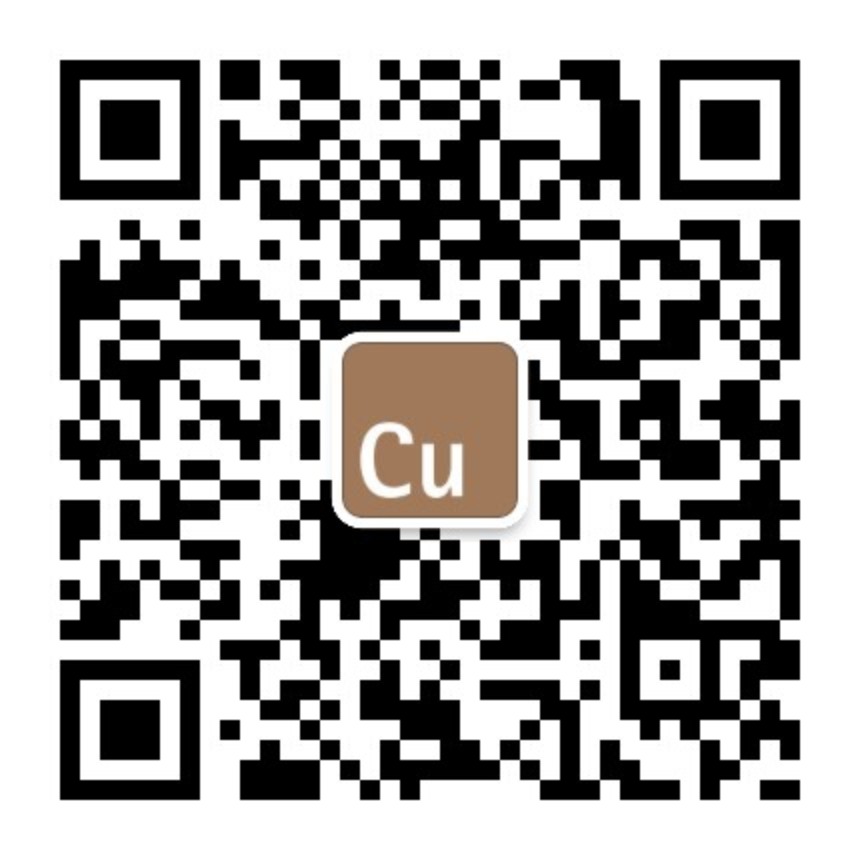Copper will continue to contribute to society’s sustainable development due to geological availability and industry innovation. The future availability of minerals is based on the concept of reserves and resources. Reserves are deposits that have been discovered, evaluated and assessed to be profitable. Resources are far larger and include reserves, discovered and potentially profitable deposits and undiscovered deposits predicted based on preliminary geological surveys. Copper is naturally present in the Earth’s crust.
Copper reserves amount to 720 million tonnes (US Geological Survey [USGS], 2014), and copper resources are estimated to exceed 5,000 million tonnes (USGS, 2014 & 2017). This number does not include the vast copper deposits found in deep-sea nodules and submarine massive sulfides. Current and future exploration opportunities will increase both reserves and known resources. According to USGS data, since 1950 there has always been, on average, 40 years of copper reserves and over 200 years of resources left.
The Fraunhofer Institute has developed a comprehensive model of copper stocks, flows and recycling rates for the ICA. This complex, three-year study has resulted in a much-improved understanding of how copper is used and reused by society. The full publication “Dynamic Analysis of Global Copper Flows. Global Stocks, Postconsumer Material Flows, Recycling Indicators and Uncertainty Evaluation” contains additional information.

